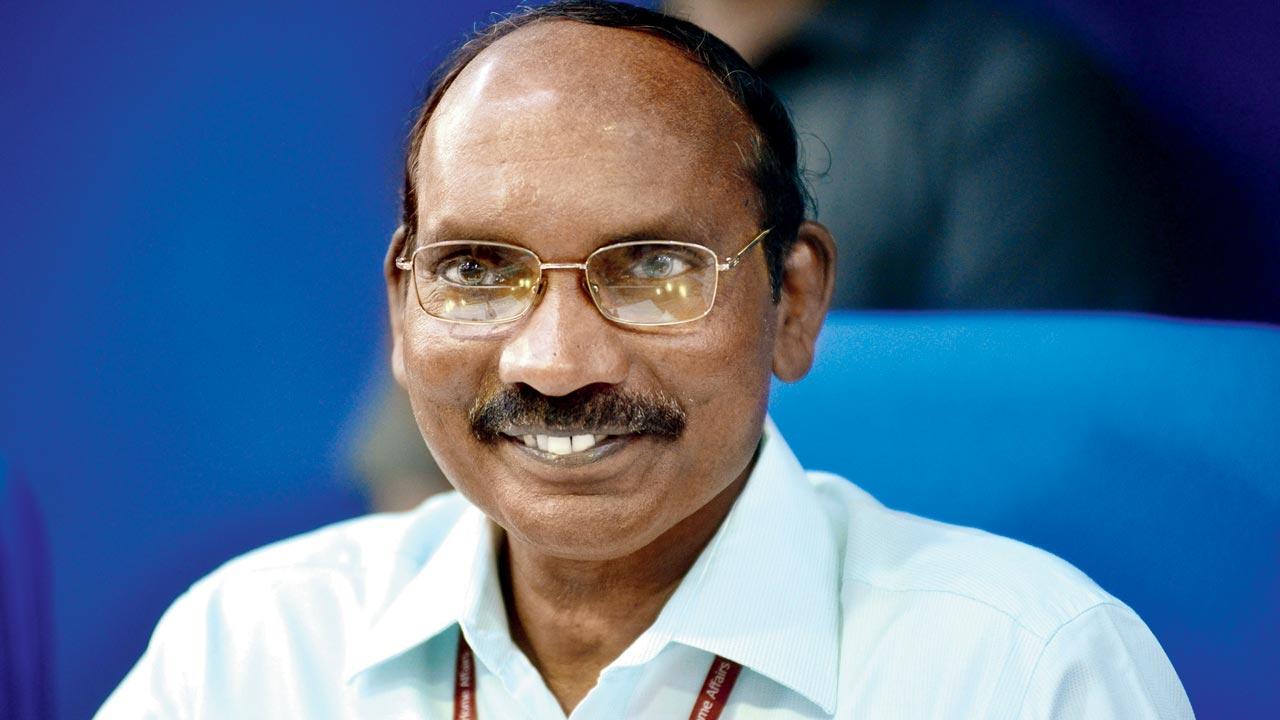It will be a while before Chandrayaan-3 reaches the moon. If you are anxious, don’t be. At ISRO, as ex-chairman K Sivan tells us, the hours leading up to the launch or the time spent after, are always about solution finding, and not worrying

People wave Indian flags as Chandrayaan-3 lifts off from the Satish Dhawan Space Centre in Sriharikota, an island off the coast of Andhra Pradesh, on Friday. Pic/Getty Images
Minutes before the Chandrayaan-3 launched from Sriharikota in Andhra Pradesh on July 14, the Indian Space Research Organisation’s chairman S Somanath was seen watching intently, almost appearing stressed. But, “this is nothing special for ISRO—it’s like any other launch or test,” Dr K Sivan assures us. When he served as the ISRO chairman from 2018 to 2022, Sivan was in charge of the ill-fated Chandrayaan 2 mission that launched on July 22, 2019—its lander crashed when it deviated from its intended trajectory while attempting to land, on the moon on September 6. A failure analysis report submitted to ISRO attributed the crash to a software glitch.
ADVERTISEMENT
Chandrayaan-3 will be inserted into the Lunar Transfer Trajectory after orbit raising manoeuvre. It will cover a distance of over 3,00,000 km and is expected to reach the Moon in 40 days, roughly around August 23. It is equipped with a lander, a rover and a propulsion module. Upon landing, it will operate for one lunar day, approximately 14 Earth days, and will study our satellite’s surface.
 K Sivan
K Sivan
“We had gone ahead last time with confidence, but it had a hard landing. It was unfortunate,” Sivan tells us over the phone from Bengaluru, a day before the launch. He informs us that most first launch attempts are unsuccessful, but is confident this one will be successful. “The media seems so much more excited,” he says. “For us, the chairman, and everyone else at ISRO, it’s just another day at work. Every launch and test has its challenges. Last time, we did everything we could, but in space there are many known unknowns [things we are aware of but don’t understand] and unknown knowns [things we understand but haven’t experienced]. What happens in flight, nobody can foretell.”
Ask if emotions are high in the 24 hours leading up to the mission, and Sivan is as stoic as they come: “Of course, we are human. We are emotionally attached to each test and each launch. Everyone has their fingers crossed and everyone waits anxiously, but in the end what will happen, will happen. All we can do is understand our mistakes and work from there.”
Sivan says that every time a mission fails, scientists don’t take more than a few hours to bounce back. “Our main aim is to get back to regular programming—we start analysing the data, start figuring out what went right and wrong. And then, we are back to work. There is no time to waste.”
 Subscribe today by clicking the link and stay updated with the latest news!" Click here!
Subscribe today by clicking the link and stay updated with the latest news!" Click here!







